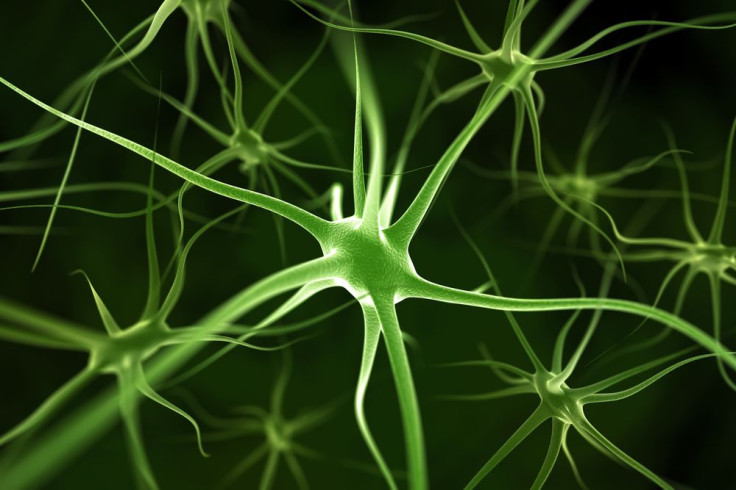Blood Turned Into Nerve Cells May Be Used For Specialized Pain Treatment

Over the course of a month, scientists from McMaster University, in Canada, have turned an ordinary sample of blood into functioning nerve cells. Their findings, published in the journal Cell Reports, suggest a radically new approach to specializing pain treatment and delivering important prognostic information for people with chronic disease.
In the U.S., roughly 100 million people, or a third of the population, suffer from a form of chronic pain. It affects more people than diabetes, heart disease, and cancer combined. Despite this outstanding prevalence, scientists face a critical and arresting dilemma: The human nervous system isn’t available for biopsy. This means the only approaches to pain treatment they can develop are unspecific and possibly riddled with unwanted side effects.
“If I was a patient and I was feeling pain or experiencing neuropathy, the prized pain drug for me would target the peripheral nervous system neurons, but do nothing to the central nervous system, thus avoiding non-addictive drug side effects,” said Mick Bhatia, director of the McMaster Stem Cell and Cancer Research Institute and senior author of the study. Unfortunately, such a drug doesn’t exist yet. But the latest findings move Bhatia and his colleagues one step closer.
In their investigation, the scientists drew blood samples from patients’ arms and, through a patented technique involving a type of stem cell called neural progenitor cells, transformed the blood into functioning nerve cells. These cells work as both central nervous system cells — those found in the brain and spine — and peripheral nerve cells, which are found in the rest of the body and help regulate things like itch, temperature, and pain.
“Nobody has ever done this with adult blood,” Bhatia said. “Ever.”
Scientists can now ask smarter questions related to their patients’ pain. Instead of treating all pain equally, they can find out why certain people experience numbness and others feel pain; determine whether the pain is genetic in nature; and predict whether someone with diabetes will experience diabetic neuropathy later in life. Bhatia says the findings allow for “broad and immediate applications.”
In the long run, they can be used to develop patient-specific drugs. Unlike opioids and other painkillers, which often just numb the pain by dulling the signal to the brain and can leave users feeling fuzzy-headed, the new drugs could be designed to treat pain directly at the nerve site.
“You don't want to feel sleepy or unaware, you just want your pain to go away,” Bhatia said. “But, up until now, no one's had the ability and required technology to actually test different drugs to find something that targets the peripheral nervous system and not the central nervous system in a patient specific, or personalized manner.”
If all goes to plan, hospitals will be able to implement a system of patient care in which the doctor takes a blood sample and can immediately tell what risks lie ahead. This “bench to bed” approach is extremely exciting, says Akbar Panju, a clinician and professor of medicine, adding it will have “a major impact on the management of neurological diseases, particularly neuropathic pain.”
Source: Lee J, Mitchell R, McNicol J, et al. Single Transcription Factor Conversion of Human Blood Fate to NPCs with CNS and PNS Developmental Capacity. Cell Reports. 2015.
Published by Medicaldaily.com



























